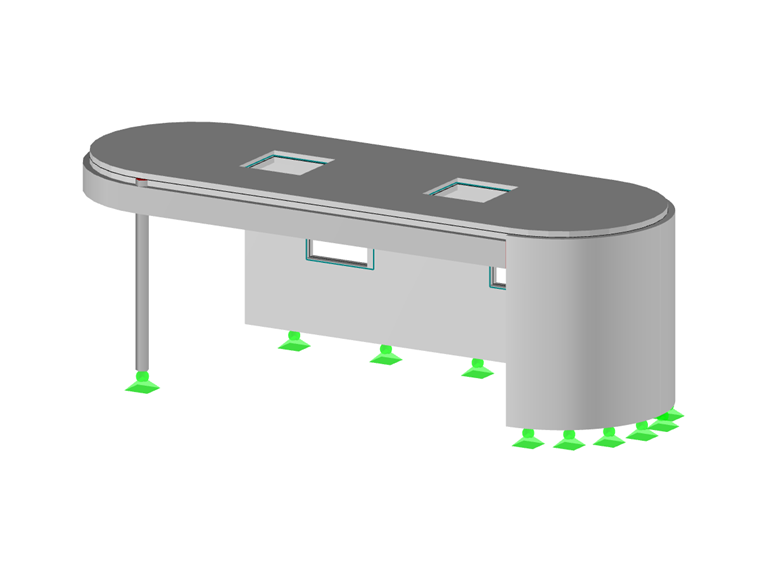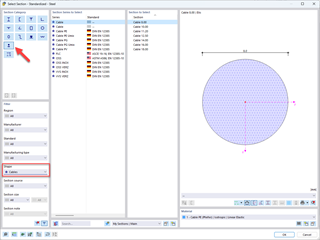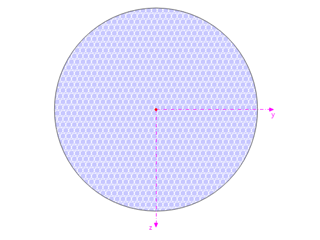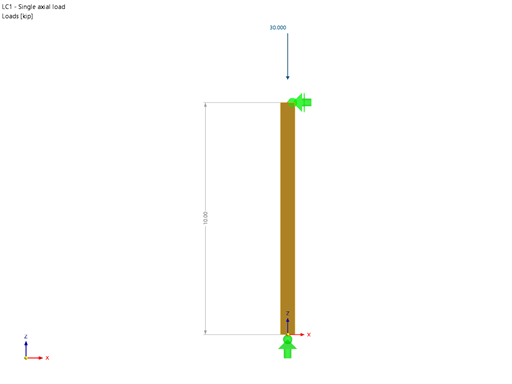In RFEM and RSTAB, you can, therefore, subsequently change the orientation of the global axes. You can specify the appropriate settings in the General Data of a model.
As a special note, however, it should be mentioned that the subsequent modification of these axes, especially with regard to the applied load (also orientation-dependent), can very easily cause application errors; therefore, this function should be used only as an exception.




















































